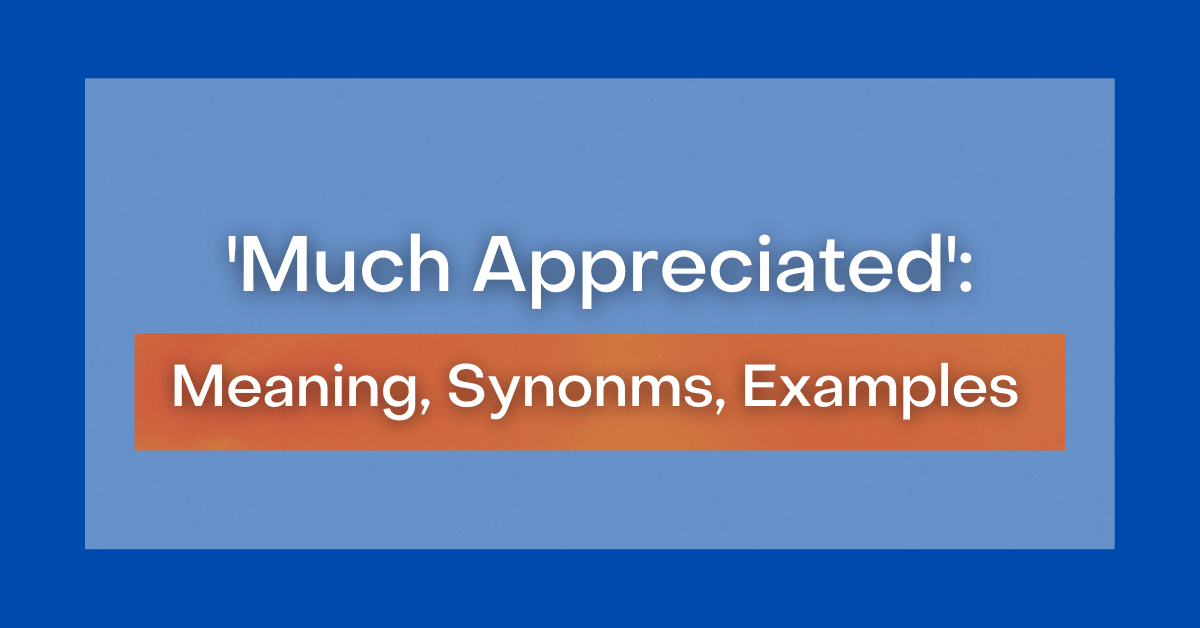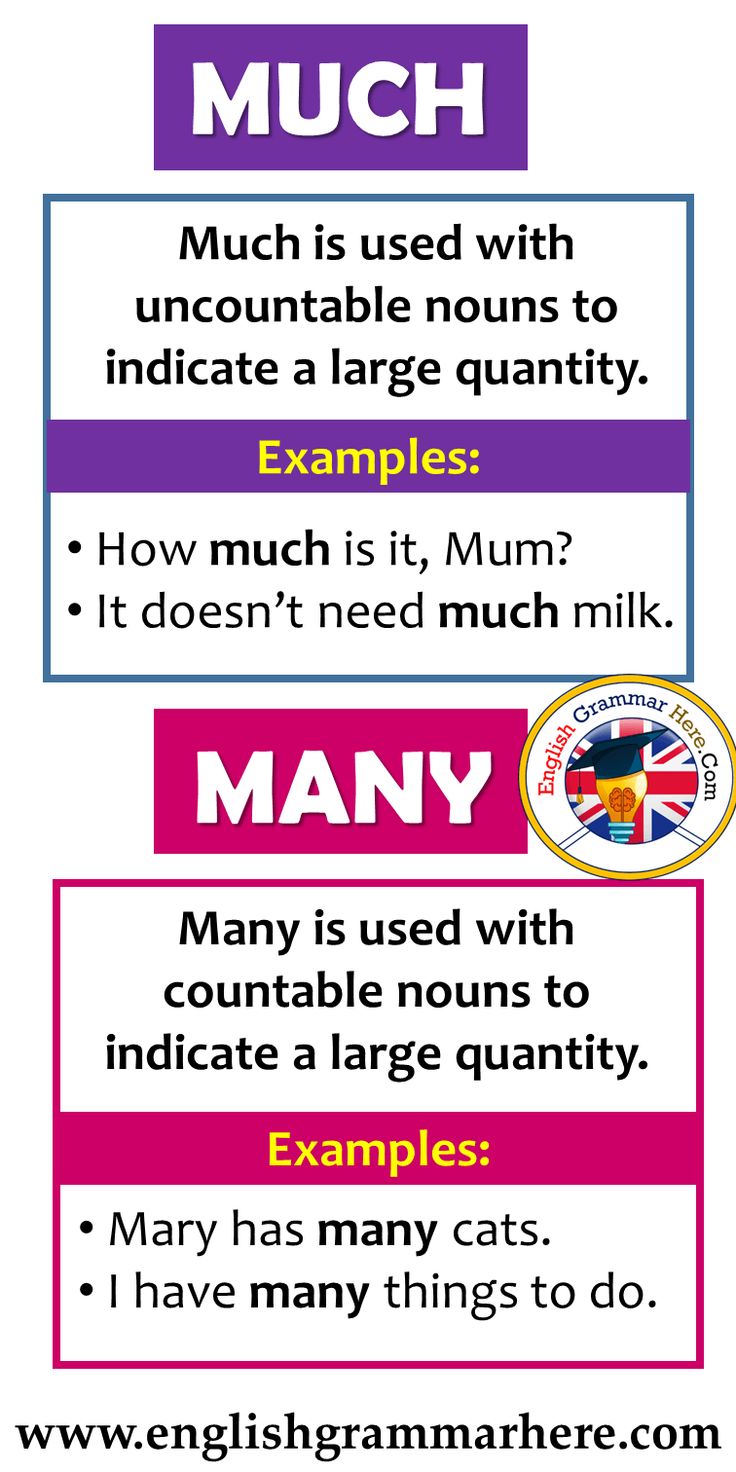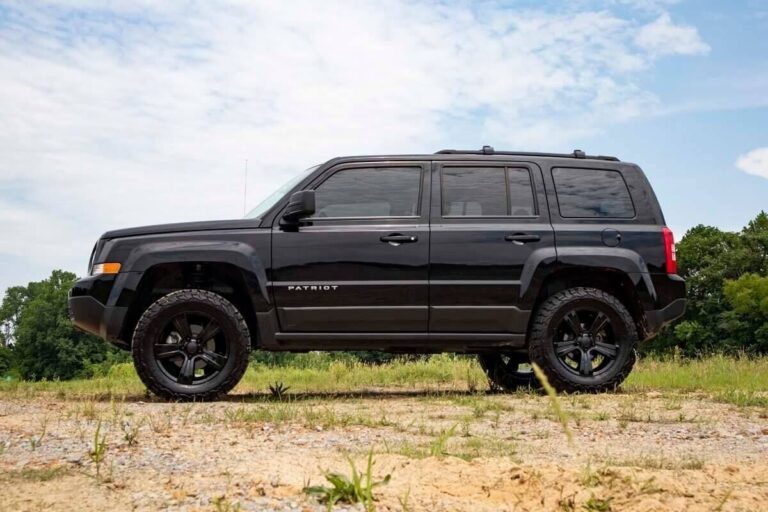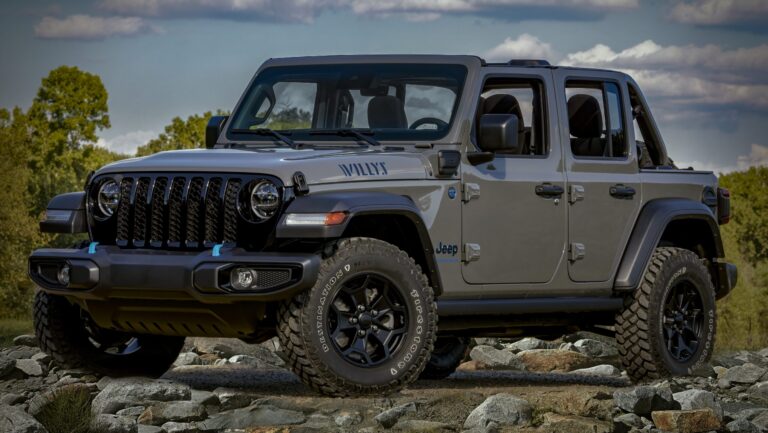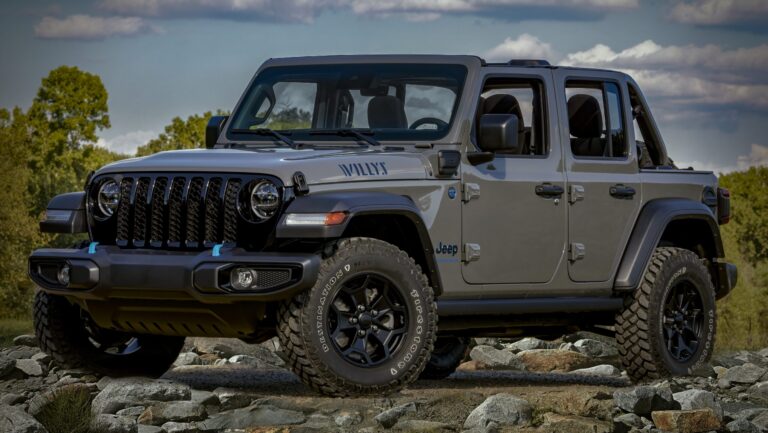How Much Does It Cost To Paint A Jeep Wrangler Hood?
How Much Does It Cost To Paint A Jeep Wrangler Hood? jeeps.truckstrend.com
The iconic Jeep Wrangler, with its rugged appeal and adventurous spirit, is a common sight on trails and city streets alike. Its open-air design and utilitarian aesthetics make it a favorite for customization and off-road escapades. However, like any vehicle, its paint finish is susceptible to the elements, road debris, and the rigors of its intended use. From minor stone chips to sun-ffading, or even wanting a fresh custom look, the question often arises: "How much does it cost to paint a Jeep Wrangler hood?"
Painting a vehicle component like a hood is more complex than simply slapping on a new coat of paint. It involves a meticulous process of preparation, precise application, and often, specialized materials, all of which contribute significantly to the final price. Understanding these contributing factors is crucial for any Jeep owner looking to restore their hood’s appearance or give their Wrangler a unique flair, helping them budget effectively and make informed decisions. This comprehensive guide will break down the various elements that influence the cost, providing a detailed insight into what you can expect when embarking on a hood repaint project for your beloved Jeep Wrangler.
How Much Does It Cost To Paint A Jeep Wrangler Hood?
Factors Influencing the Cost of Painting a Jeep Wrangler Hood
The cost to paint a Jeep Wrangler hood isn’t a fixed price; it’s a dynamic figure influenced by several key variables. These factors range from the condition of the existing hood to the type of paint chosen and the labor rates of the auto body shop.
1. Extent of Damage and Surface Preparation
This is arguably the most significant cost driver. A hood that only requires a fresh coat of paint due to fading or minor scratches will be considerably less expensive to prepare than one with significant dents, rust, or deep gouges.
- Minor Scratches/Fading: If the existing paint is simply dull, faded, or has superficial scratches, the preparation might only involve thorough cleaning, light sanding (scuffing) to create a good adhesion surface, and priming. This is the least costly scenario.
- Deep Scratches/Chips: Deeper imperfections require more aggressive sanding, filling with body filler (putty), and careful feather-edging to create a seamless transition to the original surface. This adds labor and material costs.
- Dents/Dings: Any deformation of the metal will require dent removal techniques, which can range from paintless dent repair (PDR, if applicable and minor) to more extensive bodywork involving hammering, dollies, and significant filler use. Each dent adds to the labor time.
- Rust: Rust is a major concern, especially on older Wranglers or those exposed to harsh environments. Rust must be completely removed, often requiring grinding, chemical treatments, and sometimes even cutting out and replacing rusted sections of metal, which dramatically increases the complexity and cost. If not properly addressed, rust will quickly reappear, ruining the new paint job.
- Old Paint Stripping: In some cases, if the existing paint is peeling, heavily cracked, or has multiple layers, the entire hood might need to be stripped down to bare metal. This is a labor-intensive process using chemical strippers or abrasive blasting, significantly increasing the preparation time and disposal costs.
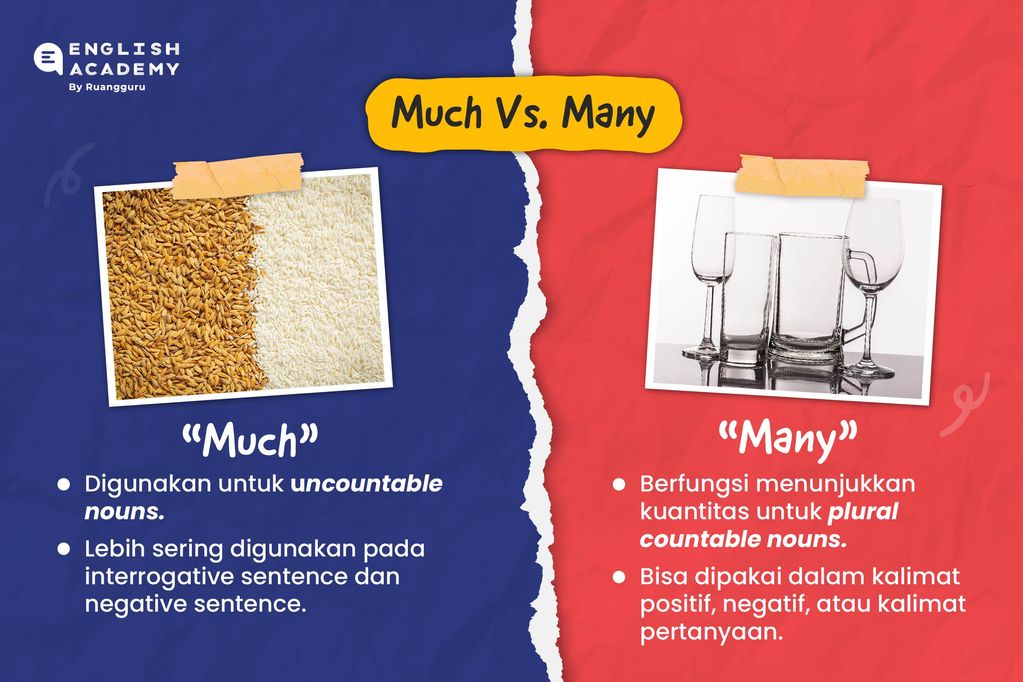
2. Type and Quality of Paint
The choice of paint directly impacts both the material cost and the labor involved in its application.

- Standard OEM Match: Matching the original equipment manufacturer (OEM) color is common. These are typically solid colors or standard metallics. The cost varies depending on the specific color, as some pigments are more expensive than others.
- Custom Colors/Finishes: Opting for a unique, custom color, a matte finish, a pearl coat, or a multi-stage paint job (like a tri-coat metallic) will significantly increase the cost. These paints often require specialized mixing, more layers, and greater skill to apply correctly. For instance, a pearl finish involves a base coat, a translucent pearl mid-coat, and then a clear coat.
- Specialty Paints: Some Jeep owners choose specialty coatings like bed liner material (e.g., Line-X, Rhino Liner) for their hood for added durability, anti-glare properties, and a rugged look. While not traditional paint, applying these coatings requires specific preparation and application techniques, and their material cost is often higher than conventional automotive paint.
- Clear Coat Quality: A high-quality clear coat offers better UV protection, scratch resistance, and a deeper, longer-lasting shine. Shops typically use different grades of clear coat, with higher-grade products adding to the overall cost but providing superior durability.

3. Labor Costs and Shop Expertise
Labor is usually the largest component of the total cost. Body shop labor rates vary widely based on geographical location, the shop’s reputation, and the technician’s skill level.
- Geographical Location: Shops in major metropolitan areas or regions with a higher cost of living will generally have higher hourly labor rates than those in rural or less expensive areas.
- Shop Reputation and Experience: Well-established body shops with highly skilled technicians and a strong reputation for quality work often charge more. Their expertise ensures a flawless finish, proper color matching, and a durable paint job. While more expensive upfront, choosing a reputable shop can save money in the long run by avoiding rework.
- Technician Skill: Painting is an art and a science. Experienced painters can achieve a smooth, even finish with no "orange peel" texture, precise color matching, and proper adhesion, which inexperienced painters might struggle with.
- Warranty: Reputable shops often provide a warranty on their paint work, covering issues like peeling, fading, or bubbling, which is factored into their pricing.
4. Color Matching Complexity
Achieving a perfect color match is critical, especially if only the hood is being painted and not the entire vehicle.
- Metallic and Pearl Colors: These are notoriously difficult to match perfectly due to the way light reflects off the metallic flakes or pearl particles. Minor variations in paint mixing or application can lead to a noticeable difference from the adjacent fenders. Shops may need to "blend" the paint into the adjacent fenders (even if not fully repainting them) to ensure a seamless transition, which adds labor time and material.
- Age and Fading of Existing Paint: Even if the original paint code is used, the existing paint on the rest of the Jeep might have faded over time due to sun exposure. A skilled painter will account for this fading to ensure the new hood color integrates seamlessly.
5. Additional Services and Fees
Sometimes, extra services are included or recommended, adding to the overall cost.
- Removal and Reinstallation: For the best results, the hood is often removed from the vehicle for painting. This allows for complete coverage of all edges and prevents overspray on other parts of the Jeep. The labor for removal and reinstallation is typically included in the quote.
- Pinstriping or Decal Replacement: If your Wrangler hood has factory decals, pinstriping, or a black "power dome" decal, these will need to be removed before painting and replaced afterward, incurring additional material and labor costs.
- Clear Bra/PPF Application: Some owners opt to have a paint protection film (PPF) or "clear bra" applied after painting to protect the new finish from chips and scratches, which is an additional service.
- Sales Tax and Shop Fees: Don’t forget sales tax on parts and labor, and any potential shop supplies or environmental fees.
The Professional Painting Process and Its Cost Implications
Understanding the steps involved helps justify the cost. Each stage requires specific materials, tools, and skilled labor:
- Inspection & Damage Assessment: Initial review of the hood’s condition to determine the extent of repairs needed. (Labor)
- Disassembly/Removal: Hood is typically removed from the vehicle, and any attached components (washer nozzles, latches) are detached. (Labor)
- Cleaning & Degreasing: Thorough cleaning to remove all dirt, grease, wax, and contaminants. (Labor & Materials)
- Sanding & Surface Preparation: This is crucial. Existing paint is sanded down to create a smooth, even surface for new paint adhesion. Dents are pulled, filled, and sanded smooth. Rust is treated and removed. (Labor & Abrasives, Body Filler, Rust Treatment)
- Priming: An epoxy or urethane primer is applied to seal the surface, prevent rust, and provide a uniform base for the paint. It’s often sanded smooth again after curing. (Labor & Primer)
- Base Coat Application: The color coat is applied in multiple thin layers until full coverage is achieved. (Labor & Paint)
- Clear Coat Application: Multiple layers of clear coat are applied over the base coat for protection, depth, and gloss. (Labor & Clear Coat)
- Curing: The paint is allowed to cure, often in a heated paint booth, to ensure hardness and durability. (Shop Overhead)
- Wet Sanding & Polishing (Optional but Recommended): Fine wet sanding can remove minor imperfections (like "orange peel") and then the surface is polished to a mirror-like finish. (Labor & Polishing Compounds)
- Reassembly & Reinstallation: All removed components are reattached, and the hood is reinstalled on the Jeep. (Labor)
- Final Inspection: A thorough quality check to ensure a flawless finish and proper function. (Labor)
Every step contributes to the labor hours and material consumption, directly impacting the final quote.
DIY vs. Professional Painting: Cost and Considerations
While the idea of painting your Jeep hood yourself might seem like a cost-saving measure, it’s crucial to understand the realities.
- DIY Cost: You’d only pay for materials (sandpaper, primer, paint, clear coat, masking tape, body filler, respirators, spray gun, air compressor, etc.). This might range from $150 – $400+ depending on the quality of materials and tools you already possess.
- DIY Considerations:
- Skill & Experience: Achieving a professional-grade finish requires significant skill, patience, and experience. Mistakes are costly and time-consuming to correct.
- Equipment: Proper ventilation, a dust-free environment (a paint booth is ideal), and professional-grade spray equipment are essential. Without these, you risk dust inclusions, uneven application, and poor adhesion.
- Time: The process is lengthy, involving multiple stages of drying and sanding.
- Quality & Durability: DIY jobs often lack the durability and flawless finish of a professional job, leading to premature fading, peeling, or a less-than-satisfactory appearance.
- Resale Value: A poor DIY paint job can negatively impact your Jeep’s resale value.
For most Jeep owners, especially those without extensive automotive painting experience, investing in a professional paint job for the hood is the recommended course of action for superior results, durability, and peace of mind.
Practical Advice and Actionable Insights
- Get Multiple Quotes: Contact at least 3-4 reputable body shops in your area. Provide them with the exact year, make, model, and VIN of your Jeep. Be clear about the desired outcome (OEM match, custom color, etc.) and the extent of any damage.
- In-Person Estimates: Always get estimates in person. A shop needs to physically inspect the hood to accurately assess the damage and determine the preparation required. Photos can be misleading.
- Ask for a Detailed Breakdown: Request an itemized quote that separates labor, materials, and any additional services. This helps you understand where your money is going.
- Check Reviews and Portfolios: Look at online reviews (Google, Yelp, BBB) and ask to see examples of their previous work, especially on vehicles with similar paint types.
- Discuss Warranty: Inquire about the warranty offered on their paint services. A good shop will stand behind its work.
- Be Realistic About Expectations: A perfect color match is difficult, especially on older vehicles with faded paint. A reputable shop will discuss blending options if necessary.
- Consider Timing: Some shops might offer better rates during their slower seasons.
Potential Challenges and Solutions
- Poor Color Match:
- Solution: Choose a shop with a good reputation for color matching. Provide your VIN (Vehicle Identification Number) so they can access the precise OEM paint code. Discuss blending into adjacent panels if a perfect match is critical.
- Orange Peel/Imperfections:
- Solution: This indicates improper application or insufficient clear coat. A high-quality shop will wet sand and polish the clear coat to a smooth finish, eliminating this texture. Ensure their process includes this.
- Premature Peeling/Fading:
- Solution: This is often due to inadequate surface preparation or poor-quality materials. Rely on reputable shops that offer warranties and use high-quality primers, paints, and clear coats.
- Unexpected Costs:
- Solution: Get a detailed estimate upfront. If additional damage is found during preparation, the shop should contact you immediately for approval before proceeding.
Price Table: Estimated Costs to Paint a Jeep Wrangler Hood
The following table provides a general range of costs based on the factors discussed. These are estimates and actual prices may vary based on location, shop, and specific vehicle condition.
| Service/Damage Level | Description | Estimated Cost Range (USD) |
|---|---|---|
| Minor Scratches/Fading | Faded paint, superficial scratches, no dents or rust. Basic prep. | $350 – $600 |
| Moderate Damage | Several small dents, deep scratches, minor chips, no significant rust. | $600 – $900 |
| Significant Damage/Rust | Multiple large dents, extensive deep scratches, moderate rust, peeling paint. | $900 – $1,500+ |
| Custom Color/Specialty Finish | Custom metallic, pearl, matte, or textured (e.g., bed liner) finishes. Adds to base cost. | Add $200 – $500+ |
| Extreme Damage/Stripping | Hood needs to be stripped to bare metal, extensive rust repair, major dents. | $1,500 – $2,500+ |
| Additional Services (per item) | Decal replacement, clear bra application, extensive blending. | $50 – $300+ |
Note: These prices typically include labor, materials (primer, paint, clear coat), and standard preparation. Removal and reinstallation of the hood are usually factored in.
Frequently Asked Questions (FAQ)
Q1: How long does it take to paint a Jeep Wrangler hood?
A1: Typically, a professional paint job for a hood can take anywhere from 2 to 5 days, depending on the extent of damage, the shop’s workload, and the curing time required for the paint.
Q2: Can I just touch up small chips instead of repainting the whole hood?
A2: For very small, isolated chips, touch-up paint can be used. However, it will rarely blend perfectly and is a temporary cosmetic fix. For a uniform, professional appearance, a full repaint is recommended, especially if there are multiple chips or larger areas of damage.
Q3: Will painting just the hood perfectly match the rest of my Jeep’s paint?
A3: A perfect match is challenging, especially with metallic or pearl paints, and if your existing paint has faded. A skilled painter will use advanced techniques and potentially "blend" the new paint into the adjacent fender areas to minimize any noticeable difference. Discuss this with the shop.
Q4: Does insurance cover the cost of painting a hood?
A4: If the damage to your hood resulted from a covered incident (e.g., collision, vandalism, falling object), your comprehensive or collision insurance policy might cover the cost, minus your deductible. For cosmetic reasons (fading, stone chips from normal wear), it’s typically not covered.
Q5: Why is painting a small area like a hood so expensive?
A5: The cost isn’t just for the paint itself. It covers extensive labor for preparation (sanding, filling, priming), specialized equipment (paint booth, spray guns), high-quality materials (primer, base coat, clear coat), shop overhead, and the expertise required to achieve a durable, flawless finish. The prep work often takes far longer than the actual spraying.
Q6: Is it worth painting an older Jeep Wrangler hood?
A6: If the rest of the Jeep is in good condition and you plan to keep it, painting the hood can significantly improve its appearance and protect the underlying metal from rust. It’s an investment in maintaining your vehicle’s aesthetic and structural integrity.
Conclusion
Painting a Jeep Wrangler hood is an investment that can significantly enhance your vehicle’s appearance, protect it from the elements, and even boost its resale value. While the cost can vary widely, understanding the factors that influence the price—such as the extent of damage, the type of paint, labor rates, and shop expertise—empowers you to make an informed decision.
Opting for a professional paint job, despite the higher upfront cost compared to a DIY attempt, typically yields superior results, greater durability, and peace of mind. By getting multiple detailed quotes, checking references, and clearly communicating your expectations, you can ensure your beloved Jeep Wrangler’s hood looks its best for years to come, ready for whatever adventure lies ahead.
